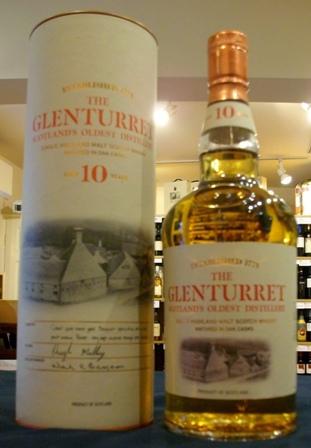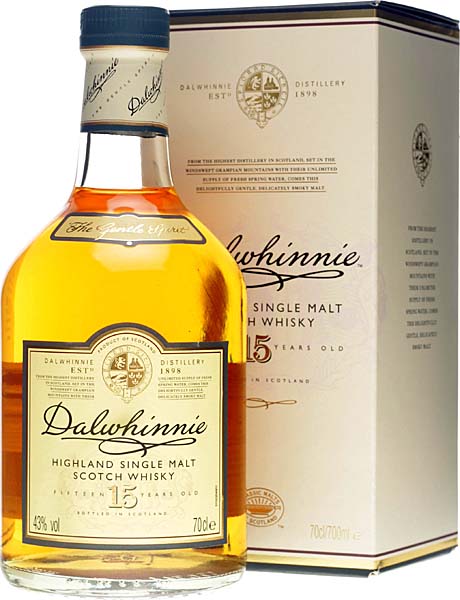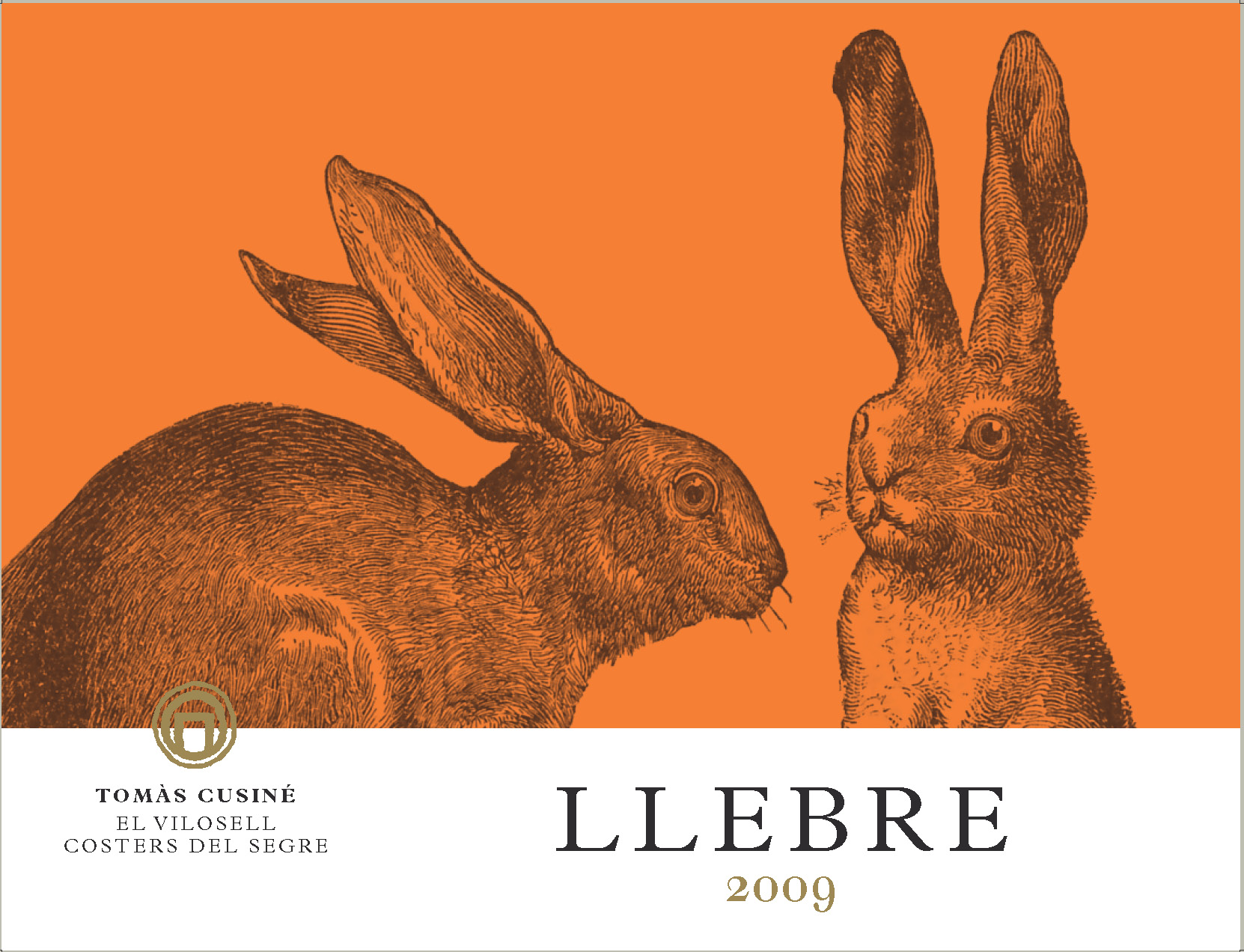Tasting Millésime Cabernet Sauvignon 2008
Here in Brazil, I’ve been drinking the Aurora Reserve edition – Cabernet Sauvignon and Tanat. They’ve shown to be a very good wine, even better when you consider the price range: R$25 (€9.50).
I did try the “Pequeanas Partilhas” but it didn’t impress me, so I didn’t bother even mentioning it. Now I tasted the special edition Millésime, a top-line from Aurora winery. They made this wine from 5 harvest only – 1991, 1999, 2004, 2005 and 2008. This particular vintage has been aging for 10 months in American and French barrels.
Wine:
This is an Aurora’s Millésime Cabernet Sauvignon 2008, produced in Serra Gaúcha, Brazil. It’s priced at R$54 (€20). The tasting took place in my parent’s house, on 16/11/2012.
Eye:|
It’s a clear, deep garnet colour, with a orange-ish halo in the borders.
Nose:
It’s a clean smell, with pronounced intensity and notes of ripped fruits, blackberries, blackcurrant, coconut, oak and cedar.
Mouth:
Dry with a medium to high acidity, and elegant tannins. Medium to full body, with medium to long lenght. Jammy fruits, blackcurrant, oak and vegetables (green bell pepper) on the palate.
Conclusion:
Still a good wine, showing more herbaceous and vegetables notes than fruits, but a nice fruitty nose. 89/100.

















